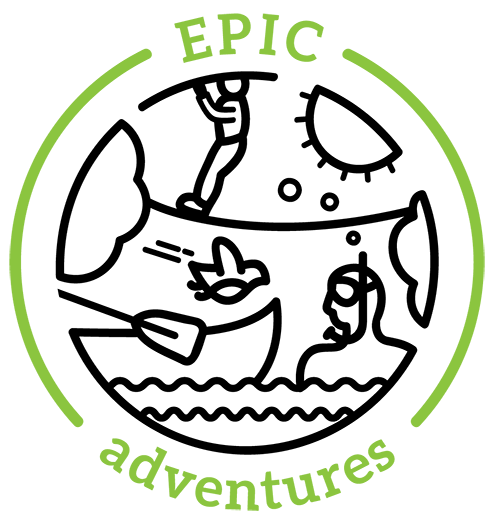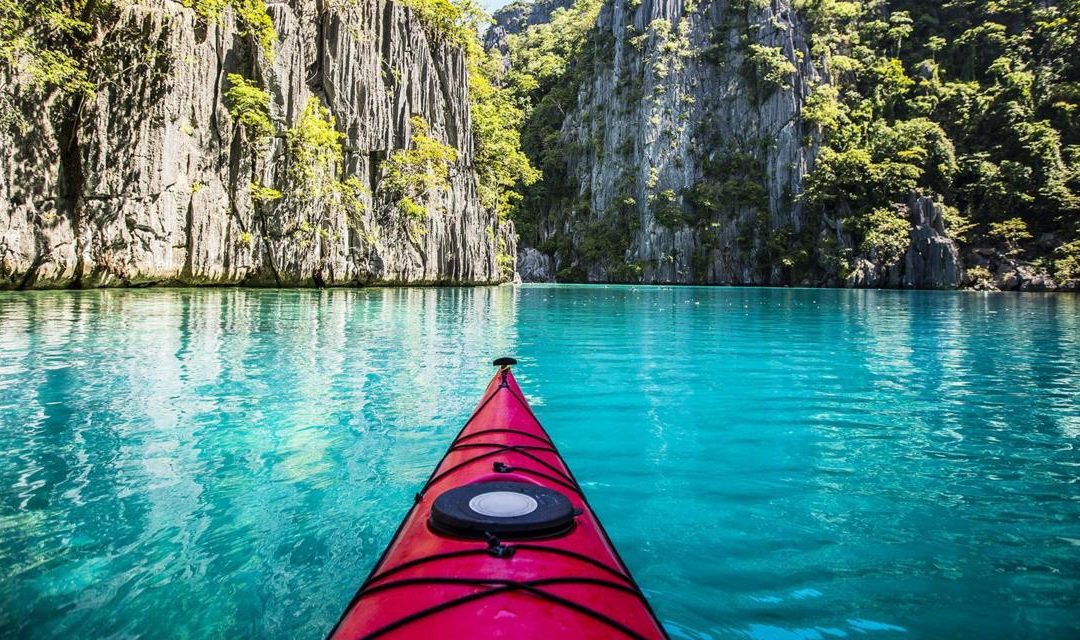Our friends at Learn Through Experience ( http://www.learnthroughexperience.org ) recently published this article (see below) on adventure therapy, highlighting the different types of modalities, best practices in the field and the research supporting its efficacy
Adventure Therapy: An Experiential Approach to Healing
Individuals experiencing substance abuse or personal struggles may be skeptical and unwilling to trust, for fear of a return or a deepening of these issues. If you or a loved one are experiencing troubles, you might consider attending an adventure therapy program. Adventure Therapy Programs are designed to let you move ahead in a safe, comforting environment, one where the natural world plays a strong role.
Adventure Therapy
Adventure therapy started in the early 1900s, expanding use in the 1960s. Its popularity waxed and waned with shifting social perceptions and norms. In recent years, it has risen in prominence, and participants routinely come away ready to face a new day. Most adventure therapy programs combine therapeutic activities such as trust-building and cooperative games with outdoor expeditions, encouraging each participant to engage where they’re comfortable and share when compelled. Each program is an experiential journey.
Group Adventure Therapy
This form of therapy offers space for any individual who wishes to join. Since group therapy participants come from diverse backgrounds, their overall experience often extends far beyond any one person.
Family Adventure Therapy
With family therapy, the entire family participates in an adventure program. This is beneficial when interpersonal struggles affect most or all members of the immediate family, and it often has a visible improvement on work and school life as well.
Individual Adventure Therapy
An individualized treatment program involves just one participant and the adventure therapist. Since there are no additional group members, it can delve deeper and offer a fully one-on-one approach to healing. It often involves alternative therapies or creative activities that allow the participant to express a range of feelings and emotions.
Adventure therapy is an increasingly popular form of treatment, and numerous studies support its use. In fact, one 1994 study by H.L. Gillis and D.R. Cason showed that 12.2 percent more adolescents improved when engaged in adventure therapy versus traditional therapy. The study also showed that participants experienced 60 percent more behavioral improvements than non-participants. A 2013 analysis from The Open Psychology Journal supports these statistics, showing the overall positive impact and prominence of adventure therapy treatments.
Wilderness Therapy
This subset of adventure therapy takes participants out into nature more fully. Participants engage in survival camps and rigorous expeditions designed to encourage self-awareness, interpersonal connections and appreciation for the natural world. Youths and young adults form the majority of participants in wilderness therapy, although military veterans also turn to this therapy upon returning home.
Since the focus of wilderness therapy is a direct connection with nature, adolescents and veterans greatly benefit from the freedom and sense of independence. Instead of engaging primarily in trust exercises, wilderness rehab participants are encouraged to work with one another and solve problems through trial and error, rather than experiencing a more formal therapy approach.
According to a 2004 study by A. Nortrom, as many as 70 percent of adolescent participants witnessed a decrease in their long-standing depression. It also showed that 61.9 percent of participants experienced reduced educational and social issues upon returning to school. In a 2016 Australian study published in Evaluation and Program Planning, researchers found a 60 percent improvement in overall behavior and emotion, and a 67 percent improvement in suicide tendencies.
Standards and Best Practices
For adventure therapy to be successful, it must follow best practices designed to keep participants and therapists engaged in a healthy learning environment.
Ethical Approaches
All adventure therapy programs strive to maintain the highest ethical standards. Best practices ensure staff members remain professional at all times and treat each participant respectfully. Whether you or a loved one are attending the program, you’ll always have the right to refuse participation in any activity. All therapists are trained for their roles, and they maintain confidentiality in all communications.
Client Welfare
The main objective of every adventure therapy program is to help participants safely overcome abuse, dependencies or mental disorders. Your participation in any activity won’t put personal safety at risk. Adventure therapists don’t withhold physical needs from participants, and they don’t engage in punishment practices. Consequences for any actions will always be fair and impartial.
Understanding Physical, Emotional, Cultural and Relational Boundaries
The identification of boundaries, whether physical, emotional or otherwise, is a crucial part of any therapy program. Professionals will request your consent before commencing any physical contact, which is designed to help overcome personal struggles. Cultural diversity is to be welcomed, not discriminated against, and all therapists strive to maintain a positive environment for everyone. Relations between a participant and therapist are not tolerated, ensuring all participants feel safe and without fear.
Environmental Impact
Whether the program is adventure therapy or the wilderness subset, all activities are designed for minimal impact on the environment. All individuals are requested to follow existing paths and leave the area as they found it.
Standards and Accreditation
The standards all adventure therapy programs adhere to are rigorous and far-reaching. Professionals strive to maintain the highest quality of care and management of risks while participants are under their supervision. Treatments are standardized and consistently updated for the latest techniques and approaches.
Accreditation is one of the best ways to ensure that standards are being met. For adventure experiential education, accreditation means that standards are in place to ensure the safety and confidentiality of all participants. For outdoor behavioral healthcare, accreditation assures you that standardized mental health needs are always at the forefront while out in wilderness travels.
Visit OBH Council for more information on adventure therapy and to find an accredited program.

